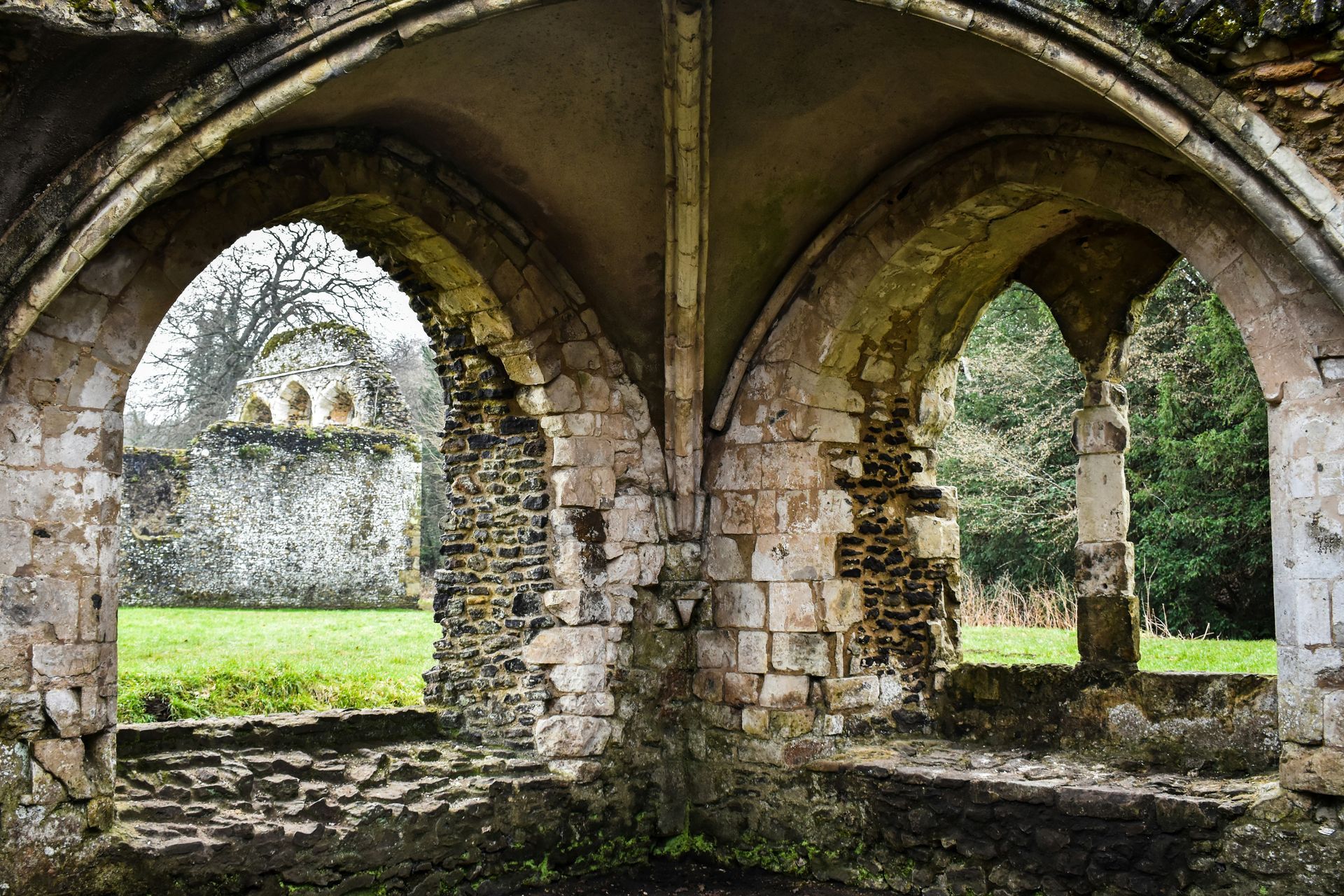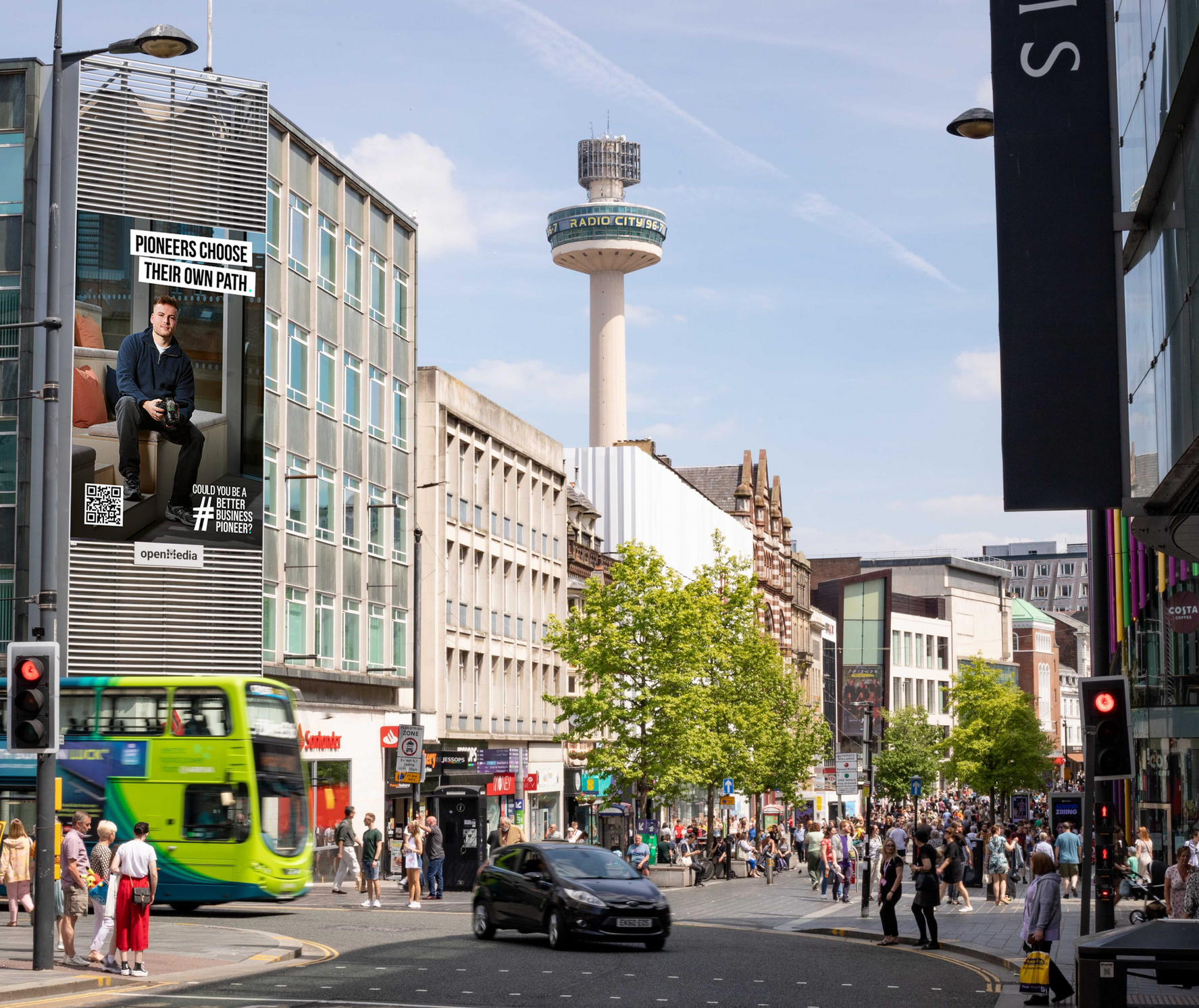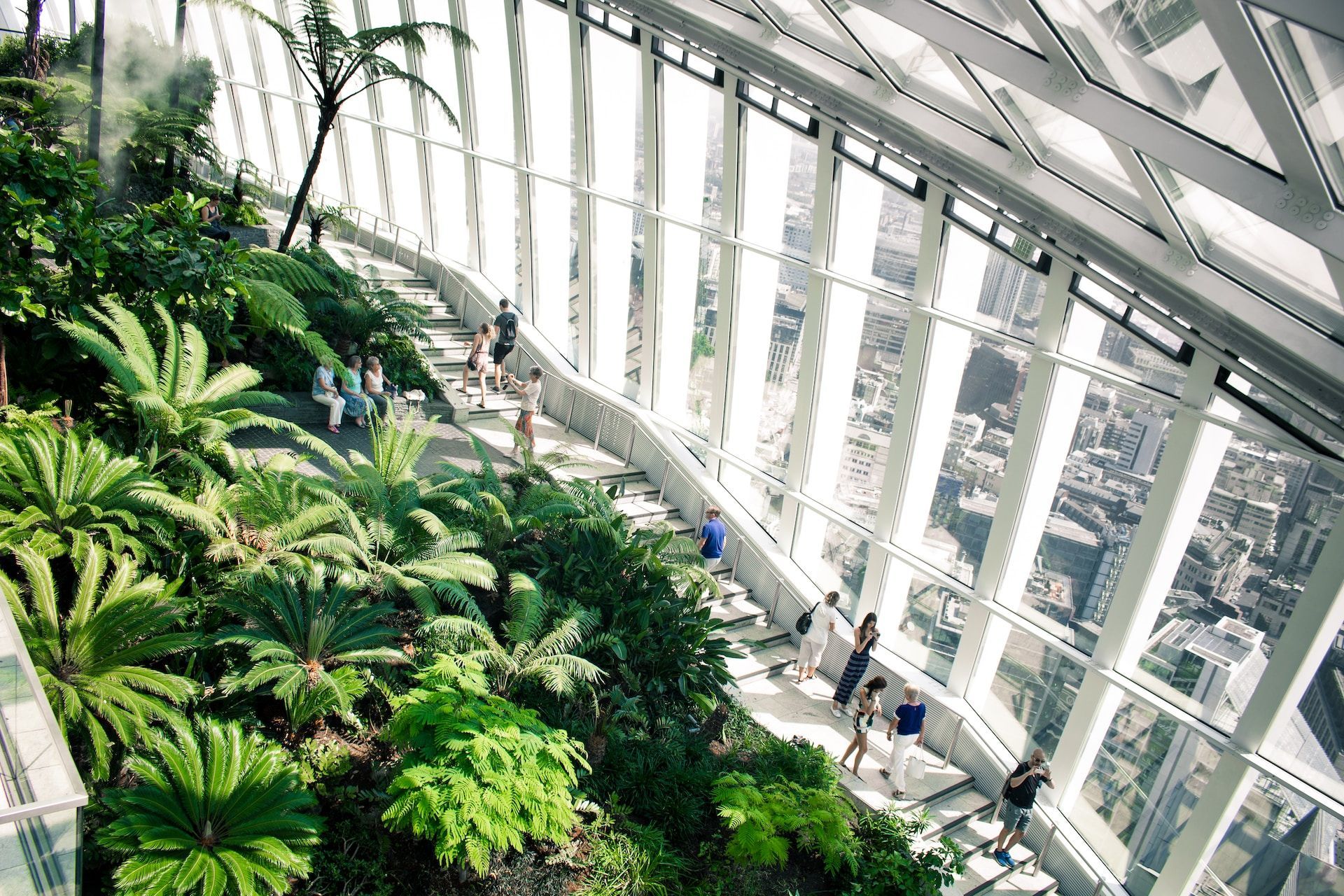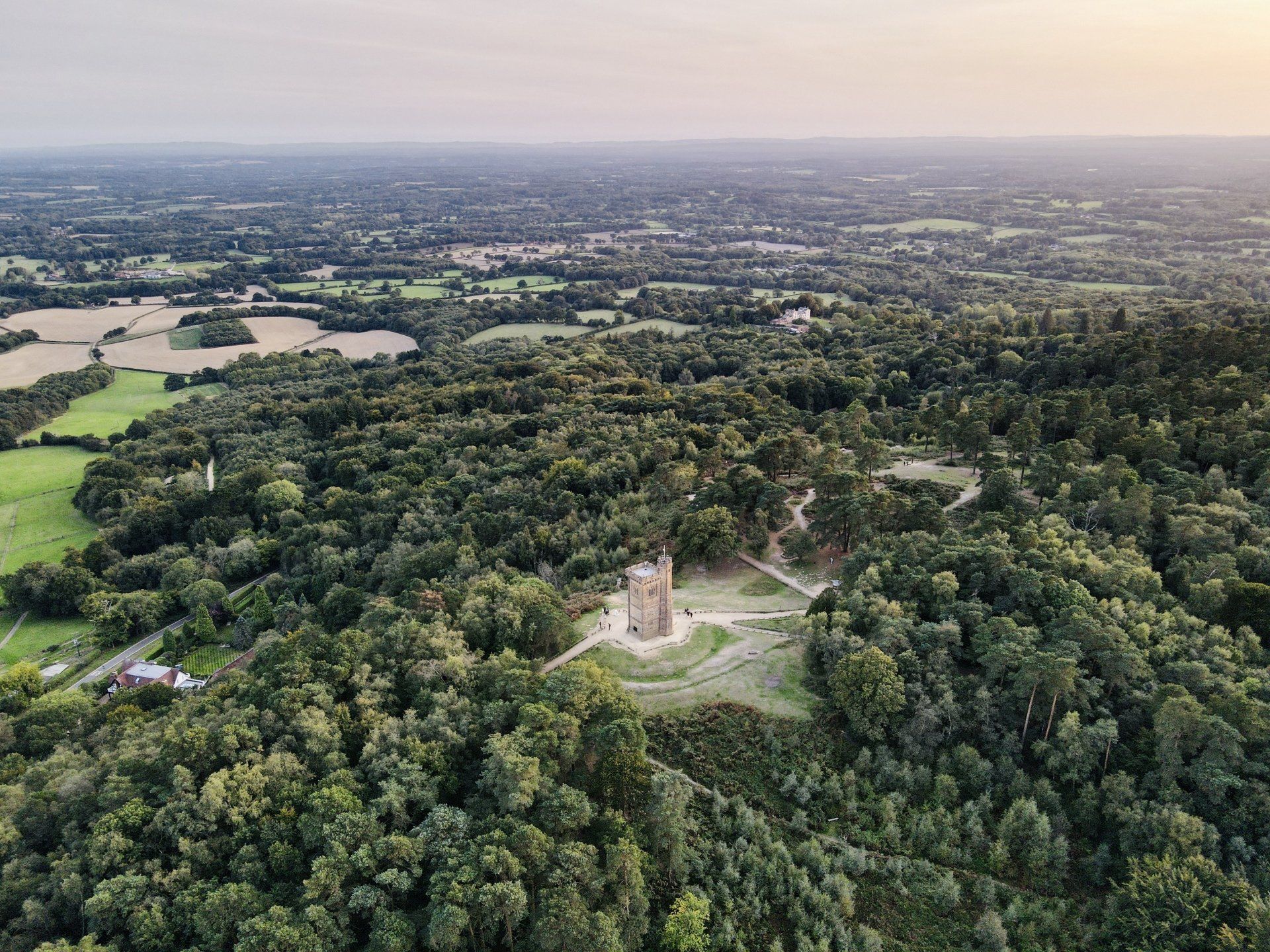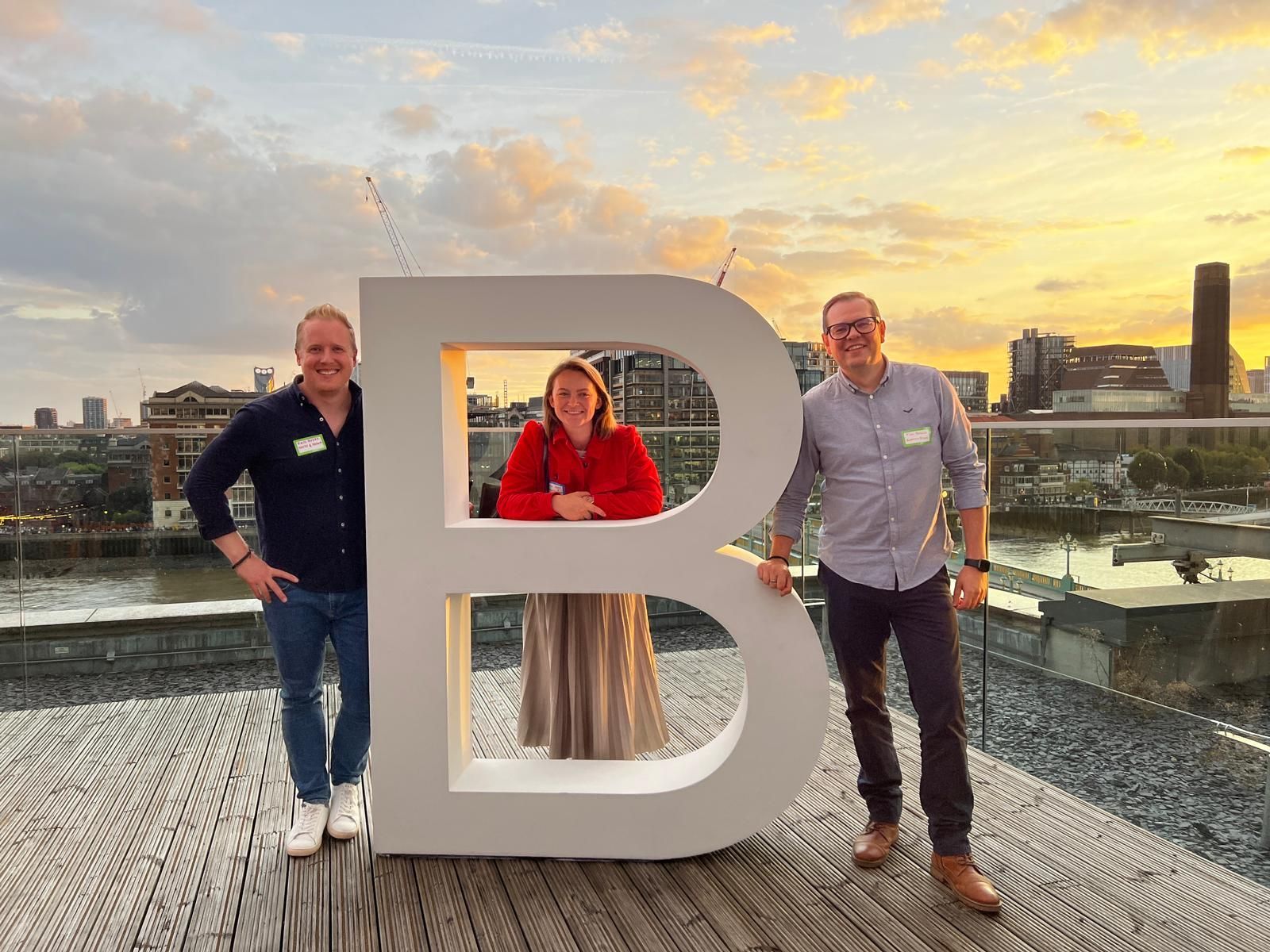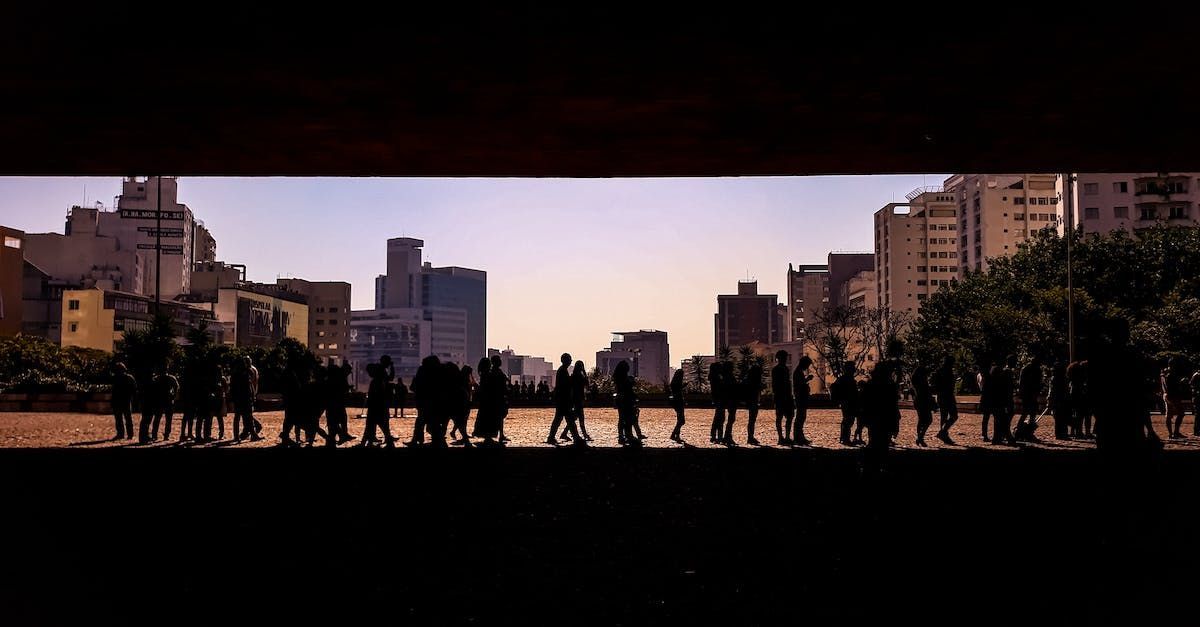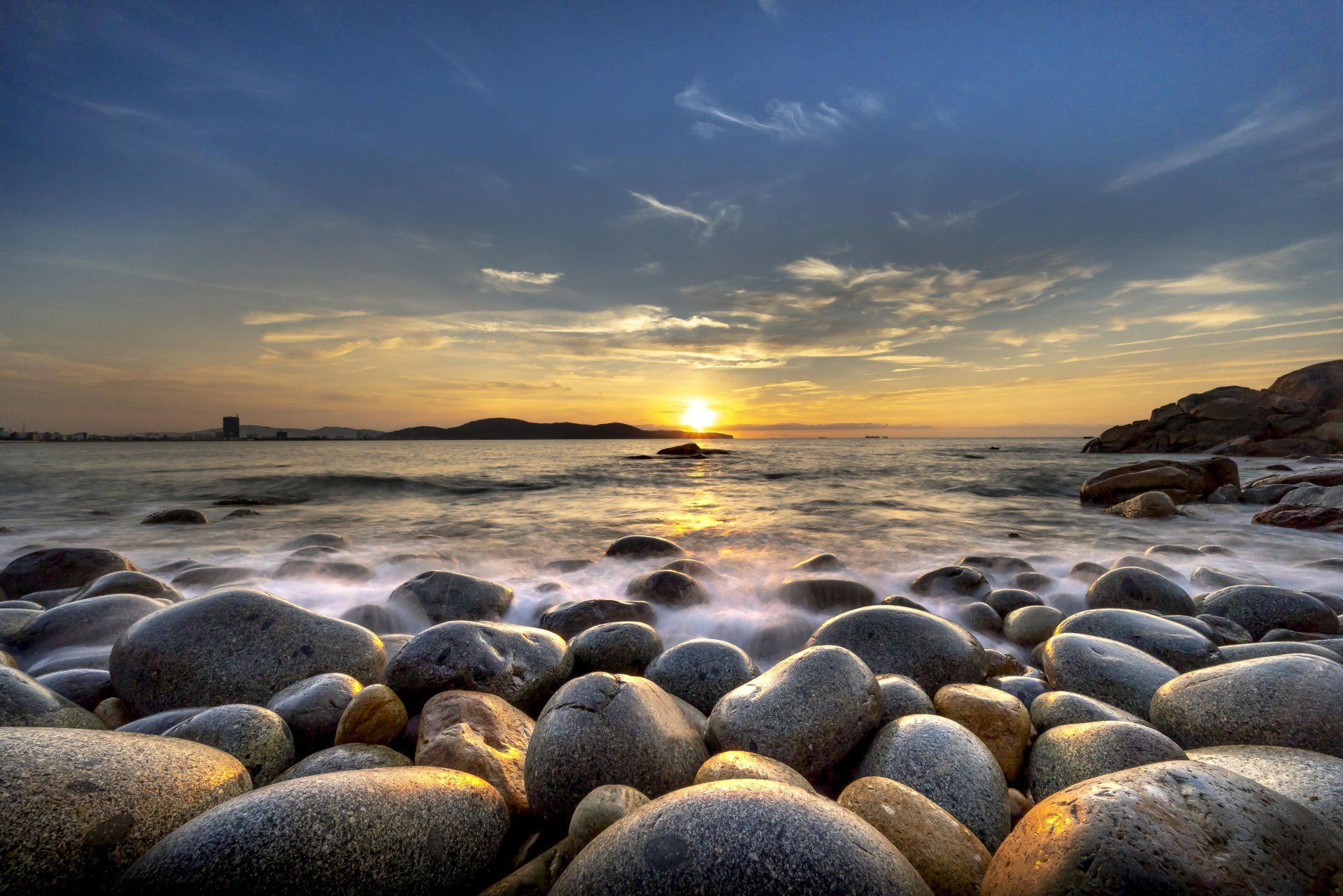Building a Regenerative World: Avery & Brown Sets its Sights on the Built Environment
On behalf of the Avery & Brown team, I'm delighted to announce our new focus for 2023 and beyond.
As a leading sustainable marketing agency which pioneers regenerative business practices, Avery & Brown has now been delivering its broad range of brand, marketing and creative services to purpose-driven clients across multiple sectors for two-and-a-half years. But one sector more than any other has kept knocking on our door: the built environment.
In this post, I'll explain the what, why and how by answering 10 of what I think will be the most common questions you'll have about our new focus, as well as providing you with some high-level information on the built environment in case you're brand new to it all.
1. what is the built environment?
While the natural environment refers to all living and non-living things occurring naturally, the built environment refers to all man-made spaces. That includes all of the physical infrastructure and features that make up our cities, towns and other settlements, from high-rise office buildings to residential homes, as well as transport networks such as roads and railways.
The term 'built environment' has long been used in the context of urban planning and development, as well as in the fields of architecture and environmental design, but it is now also increasingly used in the context of sustainability, climate change and net zero conversations.
According to the United Nations, approximately 55% of the world's population lived in urban areas as of 2018.
2. what is meant by 'the sustainable built environment'?
The sustainable built environment is the concept of designing, building and maintaining sustainable, green spaces and infrastructure in a way that is environmentally responsible and resource-efficient. This can involve using materials and building techniques that are sustainable and have a low environmental impact, as well as incorporating features that promote energy efficiency and reduce waste.
A truly sustainable built environment should help to reduce greenhouse gas emissions, conserve natural resources, and create social value in the form of healthier, more liveable environments for people to live and work in.
The World Health Organisation estimates that ambient (outdoor) air pollution is estimated to have caused 4.2 million premature deaths worldwide in 2019.
3. What's the opportunity for positive impact in this space?
In a word; vast.
The following two facts alone will help bring the opportunity to light for you. The built environment is responsible for:
- The consumption of almost half of the world’s extracted resources every year.
- Approximately 40% of annual global energy-related CO2 emissions.
Source: United Nations Environment Programme (UNEP)
So, as you can see, the rapid sustainable development of the built environment is a critical factor in the transition to a resource-efficient and low-carbon economy.
As a company which walks the walk on sustainable and regenerative business practices, to say this opportunity excites us is certainly an understatement. We are confident that the rise of purpose-driven, sustainability-focused organisations in this space will only continue to increase year on year. All of these organisations will need support with their branding, marketing and communications to help stand out from their competitors, facilitate their growth and therefore have the maximum positive impact possible. But more on that below.
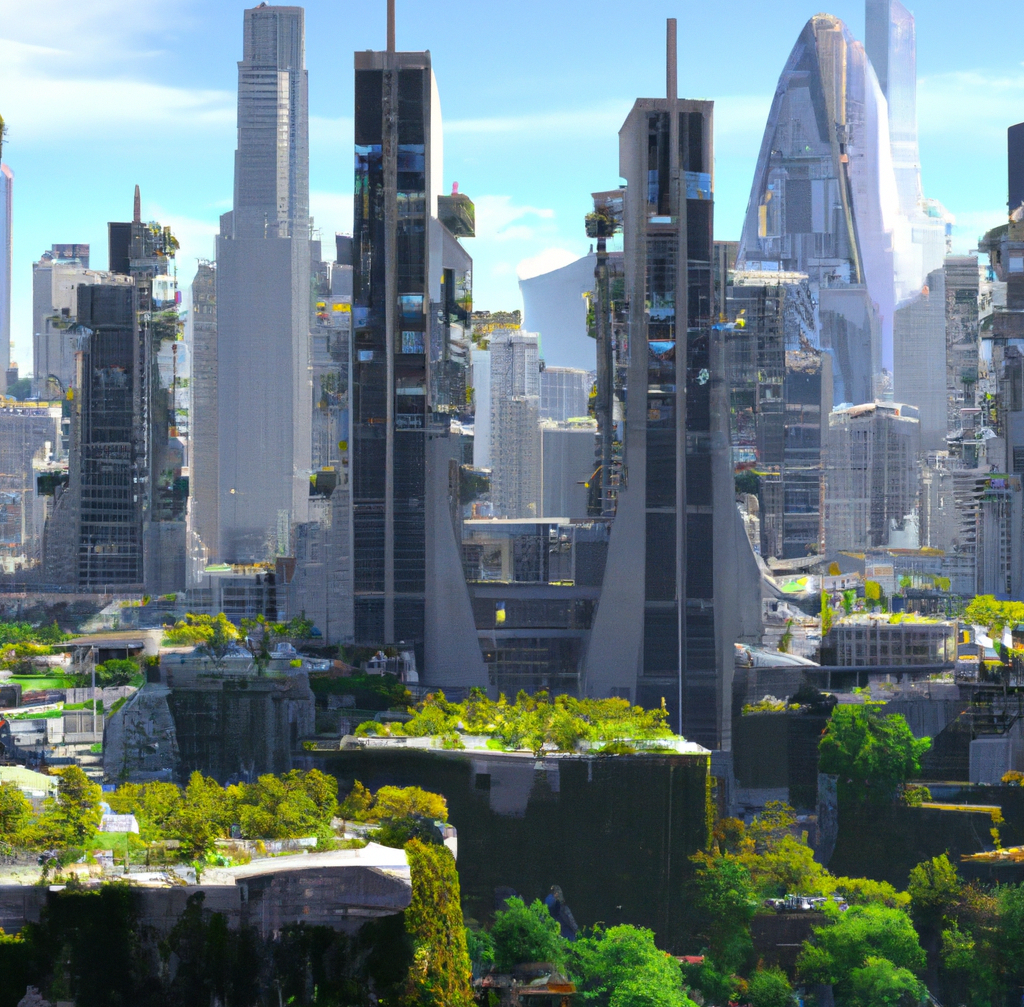
According to the United Nations, the world population is projected to reach 9.7 billion by 2050, with a majority of this growth happening in urban areas.
4. what sort of companies operate in the built environment?
This is where things get even more exciting and it's another reason, on par with the opportunity for positive impact described above, why we love this sector and have chosen to go all in on it.
There are many different types of companies that operate within the built environment. A few examples include:
- Engineering firms
- Architecture practices
- Construction companies
- Landscape design companies
- Urban planning and design firms
- Building materials manufacturers
- Smart city technology companies
- Real estate development companies
- Green building certification companies
- Sustainable building materials companies
- Renewable energy technology companies
- Energy-efficient building design companies
- Urban farming and food technology companies
- Sustainability and environmental consulting firms
- Electric vehicle (EV) charging infrastructure companies
- Sustainable co-working spaces and flexible / hybrid offices
- Heating, ventilation, and air conditioning (HVAC) companies
And those 17 examples are just scratching the surface.
Take a minute to think about everything we need to do to make our buildings, cities and infrastructure more sustainable and resilient in the face of a rapidly changing climate and the increasing prevalence and severity of extreme weather events.
It's a huge task, but also an enormous opportunity. Improving the sustainability and resilience of the built environment is imperative to a brighter future and a healthy and more equitable planet for all; exactly what we're working towards every day here at Avery & Brown.
The construction industry is one of the largest employers in the world, providing jobs for millions of people.
5. where does Avery & Brown fit into all of this?
As a sustainable brand, marketing and creative agency, there are multiple solutions we can provide to companies operating in the built environment. Among others, these include:
- Brand strategy: A strong brand strategy is essential for standing out in the increasingly crowded built environment sector, no matter which sub-niche a business falls into. Our extensive experience of devising and creating solid brand strategies for clients in the built environment sector and beyond stands us in excellent stead to help such companies lay the solid foundations required for long-term sustainable growth.
- Sustainable marketing solutions: We love nothing more than delivering sustainable marketing campaigns that help promote our client's planet-positive products and services. All of the marketing and communications output we deliver for our clients follows sustainable marketing best practices, helping our clients to not only market themselves efficiently and successfully, but all while keeping ethics front of mind and avoiding greenwash.
- Creative design solutions: Our creative capabilities span from logo and website design to content creation, video production, animation and much more. We always use our creative know-how to deliver complementary solutions to our clients' marketing campaigns, helping to bring their sustainability stories to life.
- Sustainability, ESG and Impact Reports: We have helped to write, design, publish and communicate various report types for multiple clients, including Ecoserv, EnviroSustain and Catella to name just a few. This year, we will be focusing on supporting more clients with their Impact Reports, which we see as a growth area as more and more companies achieve B Corp certification and seek to shout about the positive impact they're making to people and the planet. We believe we have a unique offering here, which we deliver in collaboration with Hannah Keartland, our Outsourced Chief Impact Officer. Please stay tuned for more information on this particular service offering in the coming weeks.
Our sustainable marketing solutions already help companies in the built environment to build their brand, communicate their products, services and sustainability stories, build trust, attract more customers, and ultimately grow. They also provide an opportunity for these companies to demonstrate their own commitment to sustainable business practices, while also helping to educate and inspire others.
Overall, sustainable marketing is a key tool for facilitating the sustainability of the built environment as rapidly as possible.
6. is this a brand new focus for Avery & Brown?
No, not at all. This has all come around very organically.
To date, in just under two-and-a-half years, we have had a total of 14 clients in the built environment sector. Among others, these have included: an architecture practice; a technical asset management consultancy; a sustainable garden room manufacturer; a smart building technology company; an online community for built environment professionals; and a leading European specialist in property investments and fund management, to name just a few.
In fact, our first two Avery & Brown clients were EnviroSustain, a top German real estate sustainability consultancy, and Mesh Energy, a leading provider of net zero carbon building performance and engineering services. Both EnviroSustain and Mesh Energy remain clients to this day, using us on a retained monthly basis to provide cutting-edge sustainable marketing and creative support to help facilitate their growth.
Personally, my experience with built environment and commercial real estate clients goes back over ten years now from my time at Carbon Credentials, (now Carbon Intelligence, part of Accenture). For two years, I was also the Marketing Director at EVORA Global - a leading sustainability consultancy for the commercial real estate sector.
It's fair to say, therefore, that rather than venturing into a completely new sector, we are in fact honing in on the niche where our expertise already lies.
The Avery & Brown team has 17 years' combined experience of supporting companies in the built environment sector.
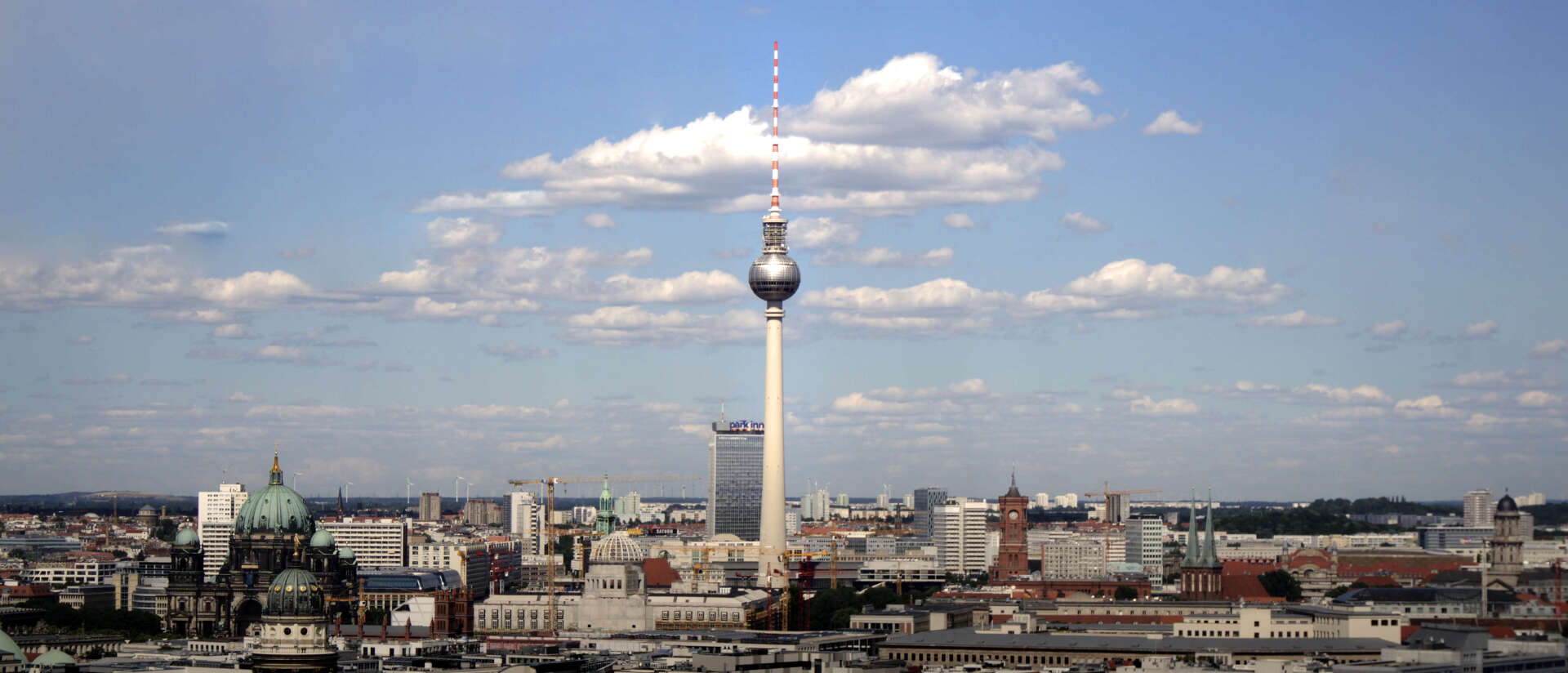
7. Will you continue to service any non-built environment clients you have?
Yes, absolutely.
Not only will we continue to service our clients which fall outside the built environment sector, but we will also continue to accept and consider inbound enquiries from such companies. Our new focus now gives us more of a choice as to whether we take on such companies, based on how busy we are with work from clients in our core sector, and how much we feel the company aligns with our vision and values, etc.
The key difference here is from an outbound sales and marketing perspective. Instead of feeling like any purpose-driven, sustainability-focused company is a prospect of ours, we now have a much clearer idea of who we would like to work with and who we are targeting. As our head of sales, I can safely say that this new focus provides a huge and healthy dose of pressure and stress relief!
8. How does Avery & Brown's approach to marketing companies in the built environment differ from that of other agencies?
That's an easy one; because we aren't like other agencies.
We have our own unique people and our own way of doing things. Not only do we have extensive experience in this space (see my answer to question 6 above) but we have an incredibly holistic approach to branding, marketing and communications that we can prove generates positive results time and time again.
Add to all of that our specialist and proven expertise of sustainable and regenerative business practices, and our focus on walking the walk through #OperationRegeneration, and we really do believe we bring something totally unique and valuable to the table.
How does this translate into the work we do for our clients and the results we can achieve for them? The video testimonial below from Doug Johnson will help to answer that question for you!
9. How does Avery & Brown's new focus on the built environment align with your company purpose?
Our purpose is
"To inspire others to be a force for good."
We have no plans to change that purpose any time soon, and we look forward to carrying on living it day in, day out as we focus on delivering outstanding brand, marketing and creative services to companies operating in the built environment sector.
10. How does Avery & Brown plan on growing its presence in the built environment market?
Come on, that would be telling. We want to leave you with at least a few surprises.
The best ways to follow our journey and to see our updates are:
Building a regenerative future
I hope I've done a good job of answering any questions you might have had about our new, but not-so-new, direction. Should you still have any questions, please don't hesitate to reach out to us via hello@averyandbrown.com or feel free to connect with me on LinkedIn.
We look forward to continuing on our exciting journey as we strive to inspire others to be a force for good through the important work we do which benefits businesses, society and the planet alike.
Share the love
